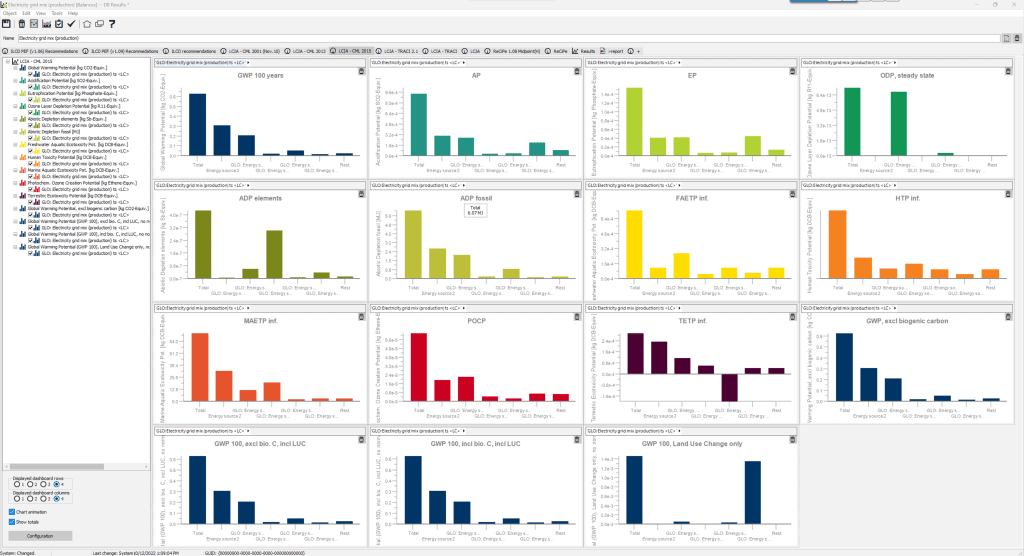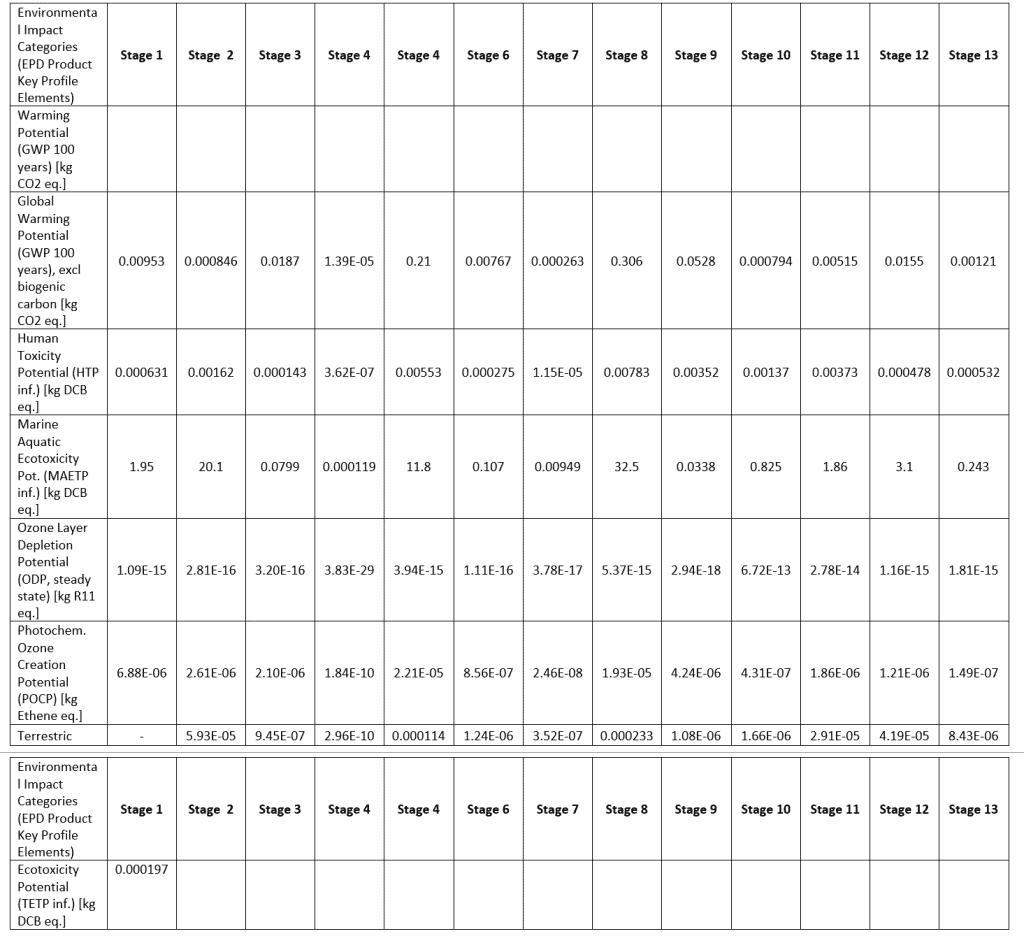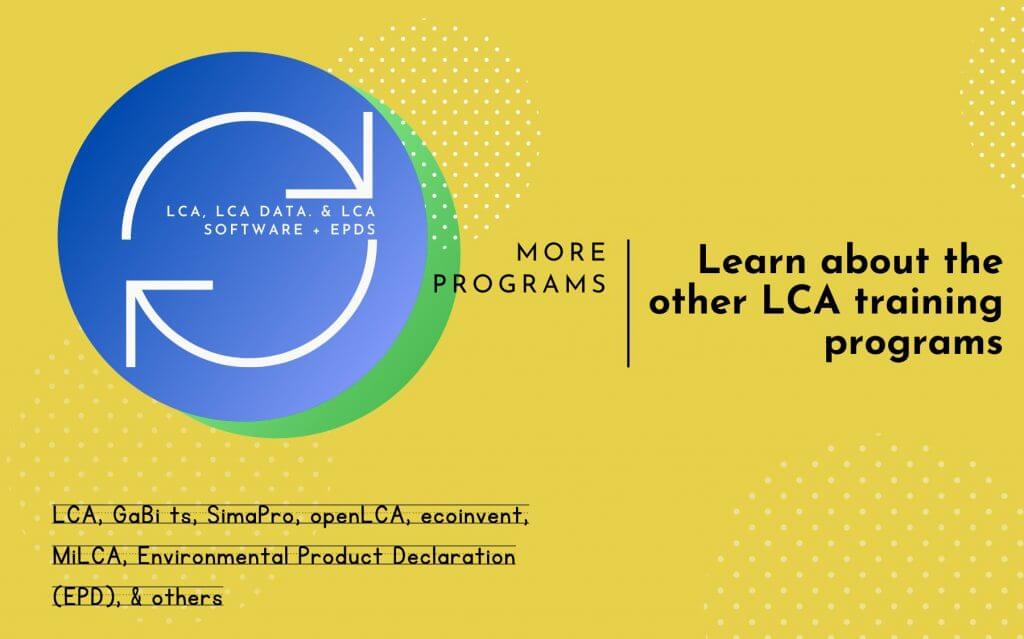DEISO Services for Environmental Product Declaration (EPD)
An Environmental Product Declaration (EPD) is a document that aids businesses in describing how their products perform in the environment and could meet net-zero environmental disclosure standards. Environmental impact demonstrations (EPDs) started as volunteer events. For sustainable building certifications like LEED, BREEAM, and DGNB, EPDs are controlled by internationally recognized standards and easily incorporated into construction procedures.
EPDs, based on Life Cycle Assessment (LCA), quantify how an item affects the environment from “cradle to grave.” EPDs enable buyers to choose items based on environmental performance by giving them comprehensive information on a product’s ecological effects, such as its carbon footprint. As independently approved papers, EPDs might be helpful to marketing communication tools and provide companies with a competitive edge in green public procurement. EPDs are becoming increasingly important for building design and material selection in the construction sector. Still, they are capable of so much more! They might also be the cornerstone of an organization’s decarbonization strategy.
In summary: An environmental performance report (EPD) is a transparent document that details a product’s environmental performance or effect throughout its lifetime. By enabling customers to compare the impacts of different goods and materials and choose the most environmentally friendly option, EPDs assist in lowering carbon emissions. EPDs are records that openly and transparently reveal the environmental performance or effect of a chemical or product throughout its lifecycle.
An Example of EPD DEISO’s Results: Environmental Impact Categories (EPD Product Key Profile Elements)
Validities
The Framework for Developing an EPD
Products in EPDs are defined using Product Category Rules (PCR). PCRs, which are particular standards and laws, is approved by a third-party panel. A valid Life Cycle Inventory (LCI) that comes from reliable sources (such manufacturers) is required for the LCA. An LCA expert conducts a Life Cycle Impact Assessment using various assessment methods and tools (LCIA). A document or report containing the EPD is then created after verification evaluations.
The Framework for Developing an EPD
Products in EPDs are defined using Product Category Rules (PCR). PCRs, which are particular standards and laws, is approved by a third-party panel. A valid Life Cycle Inventory (LCI) that comes from reliable sources (such manufacturers) is required for the LCA. An LCA expert conducts a Life Cycle Impact Assessment using various assessment methods and tools (LCIA). A document or report containing the EPD is then created after verification evaluations.
By establishing their baseline emissions and locating hotspots along the value chain, businesses may profit from EPDs. In today’s evolving financial and regulatory landscape, EPDs may create a successful decarbonization strategy. EPDs may serve as the foundation for corporate decarbonization efforts, allowing businesses to create better goods and run more environmentally friendly operations. Sphera’s EPD software solutions and consulting services assist companies in establishing baseline emissions and pinpointing areas for improvement. If you create or use an EPD, your project or product will stand out from the competition.
Among other market-based certifications, LEED and BREEAM both accept EPDs. Compared to other courses, LCA credits are more straightforward and affordable. EPDs are also recognized by LEED and BREEAM, among other market-based certifications. LCA credits are relatively simple and cost-effective compared to additional credits.
How we Produce EPDs
- Step 1: Data collection about raw materials, resources used, and waste generated in step 1. Depending on what phases of the product’s life cycle and effects categories your LCA need to analyze, the particular data you will need will depend on your choice of program operator and PCR.
- Step 2: Evaluate the product’s life cycle: the LCA must follow the product Life Cycle Assessment guidelines.
- Step 3: Your EPD should include a background report (an LCA report in the US) as part of its public release. Further information is provided on the LCA methodology, assumptions, techniques used to enable third party verification, and the standards you followed.
- Step 4: EPDs must be validated by independent third-party validators before publication. Step 4 – The third-party verification process ensures accuracy, consistency, and conformity with the PCR standards. This step is out of the Scope of our service.
- Step 5: Your EPD is now ready to be published in the public domain after an independent third party has confirmed it. Here, the program operator will process, register, and publish the EPD document on behalf of the organization.
The Importance of Third-party Verification Can Be Summarized
(This Step Is Out of the Scope of Our EPDs Service)
EPD Verification
Your EPD is now ready to be published in the public domain after an independent third party has confirmed it. Here, the program operator will process, register, and print the EPD document on behalf of the organization.
More Information on EPDs
You are welcome to consult our in-depth blog article about EPDs. Please find it via this link.








